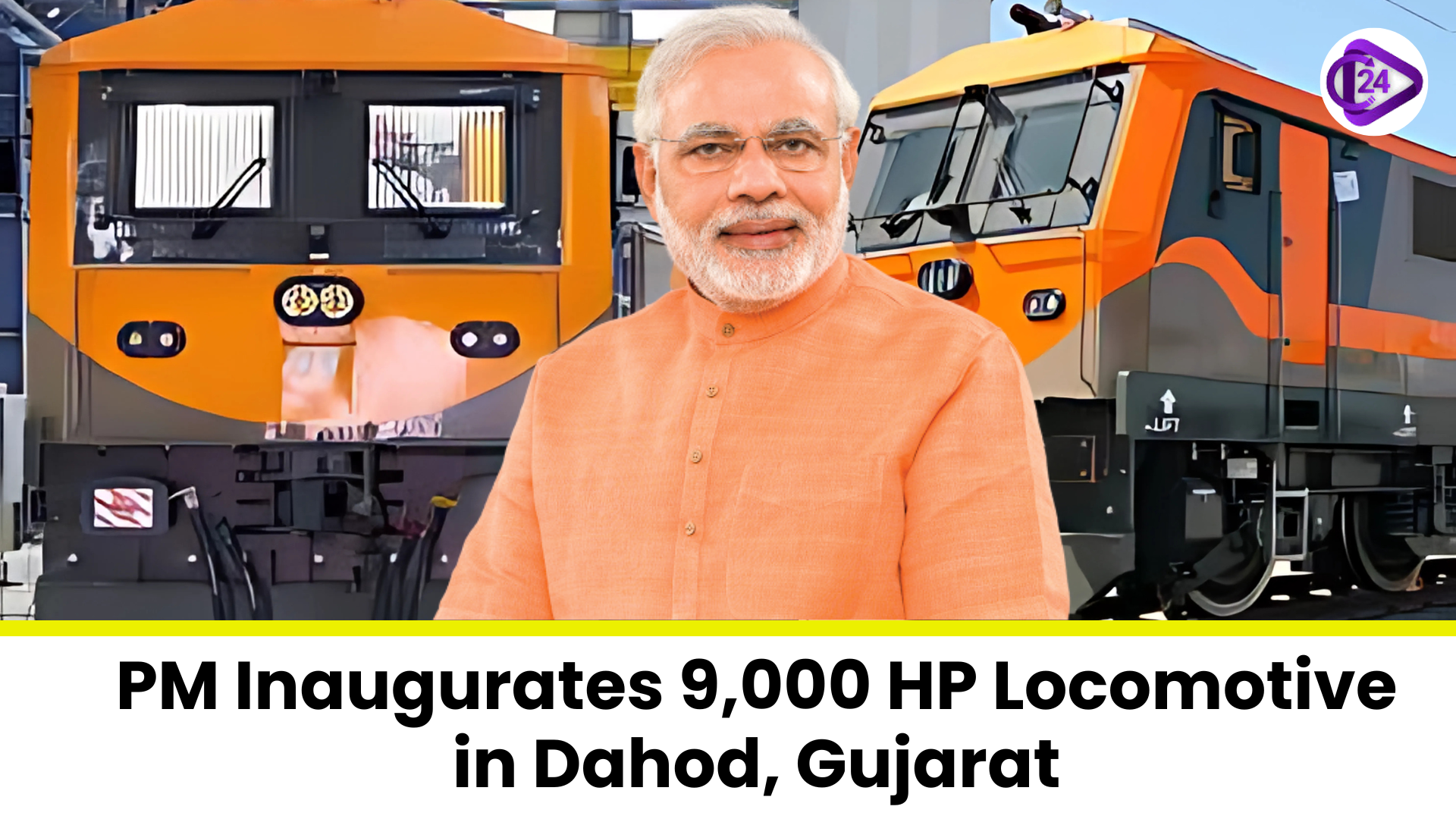
In Dahod, Gujarat, Prime Minister Narendra Modi unveiled D9, the nation’s first 9,000 horsepower locomotive. This milestone proves India’s railway manufacturing progress since the ‘Make in India’ program started. The new Dahod plant plans to produce 1,200 electric locomotives for freight transport over the next 11 years, which will help the local economy and neighboring businesses. The government plans to cut imports from abroad by spending ₹21,405 crore on the project. By using a locomotive, rail freight efficiency is projected to rise along key railroads.
Context:
-
India’s leading minister inaugurated the country’s first 9,000 horsepower electric locomotive in Dahod, Gujarat, pointing out the rise in railway manufacturing.
-
Building 1,200 locomotives in the Dahod unit will result in more jobs and more efficient work on the rails.
Key Points
Features and Number of Locomotives
-
The D9 locomotive takes second place among India’s powerful trains, just below the 12,000 horsepower WAG-12 B.
-
The train is designed to carry 4,500 tonnes of cargo at a speed of 75 kmph when using both levels of containers.
-
Regenerative braking systems help to lower how much of energy these cars consume.
Production and Investment
-
It is planned that the Dahod workshop will make 1,200 electric freight locomotives in 11 years.
-
In total, the project will cost ₹21,405 crore.
-
Right now, Indian Railways has a fleet of more than 12,000 electric locomotives.
Make in India
-
The statute forms a part of the ‘Make in India’ program designed to help grow domestic manufacturing.
-
The project is planned to create more than 10,000 jobs, some of them directly and others indirectly, for tribal and related companies.
-
Local engineering colleges are organizing to give students the training they will need in the job market.
Strategic Importance
-
Most of these locomotives will support the Western Dedicated Freight Corridor to raise train speeds from 20-25 kmph to 50-60 kmph.
-
Doing this will result in much better logistics results and greater line throughput.
Additional Infrastructure Development
-
PM Modi unveiled projects to double the track capacity and supply electric power to railways on the Anand-Godhra section, Mehsana-Palanpur section, Rajkot-Hadmatiya section, and Sabarmati-Botad section.
-
The improvement projects, worth ₹2,287 crore, are intended to increase both rail connections and capacity.
Conclusion:
India’s train industry has taken a significant step forward with the launch of a powerful 9,000 horsepower engine in Dahod. This approach provides faster and better freight transport and supports wider economic plans for employment and technological advancement under the ‘Make in India’ campaign. The venture contributes to India becoming a major supplier of railway goods and plays a big role in developing the infrastructure the nation needs for growth.



 Chhattisgarh Gets Its First Ramsar Site with Kopra Reservoir Declaration
Chhattisgarh Gets Its First Ramsar Site with Kopra Reservoir Declaration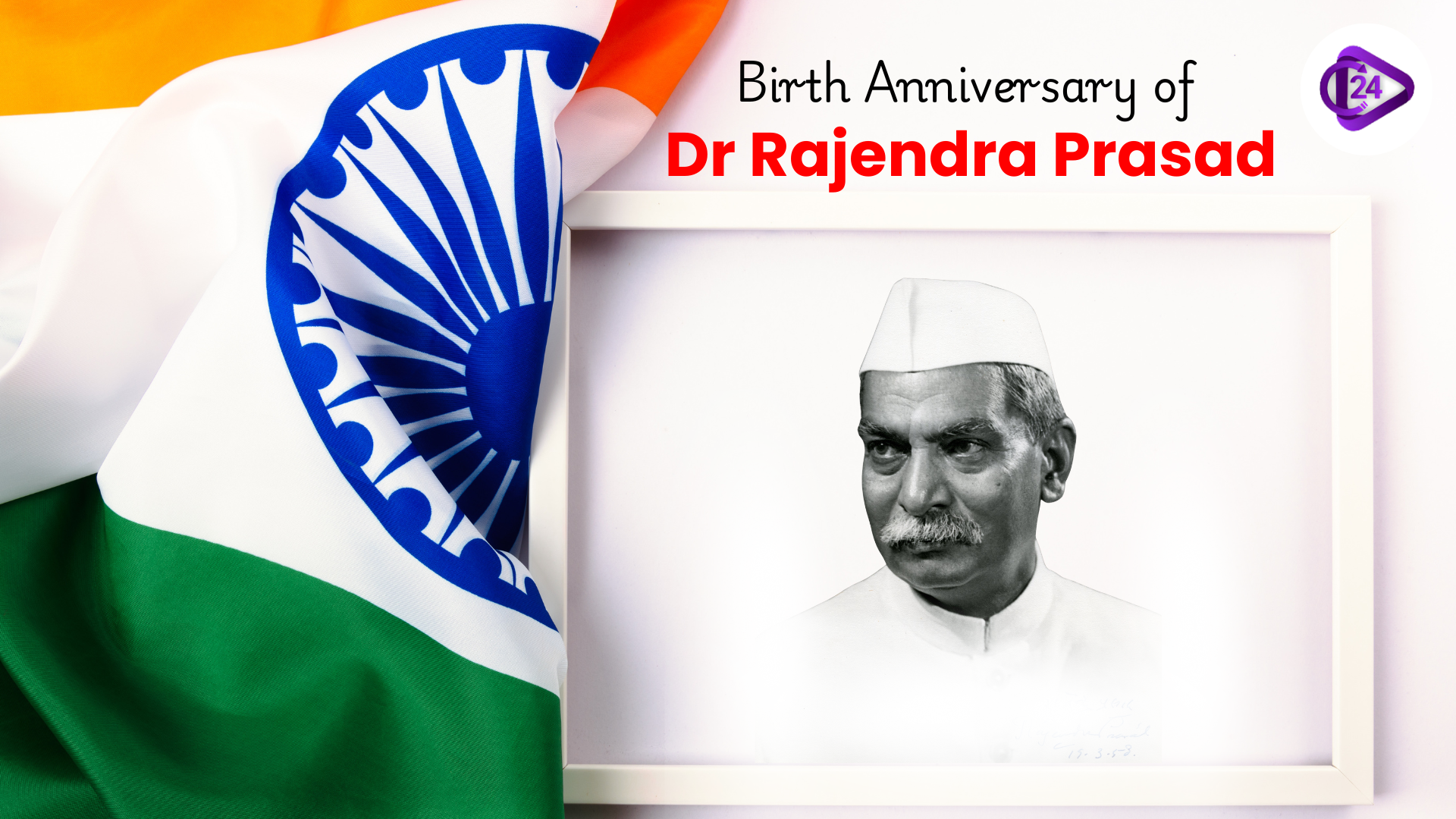 Birth Anniversary of Dr Rajendra Prasad
Birth Anniversary of Dr Rajendra Prasad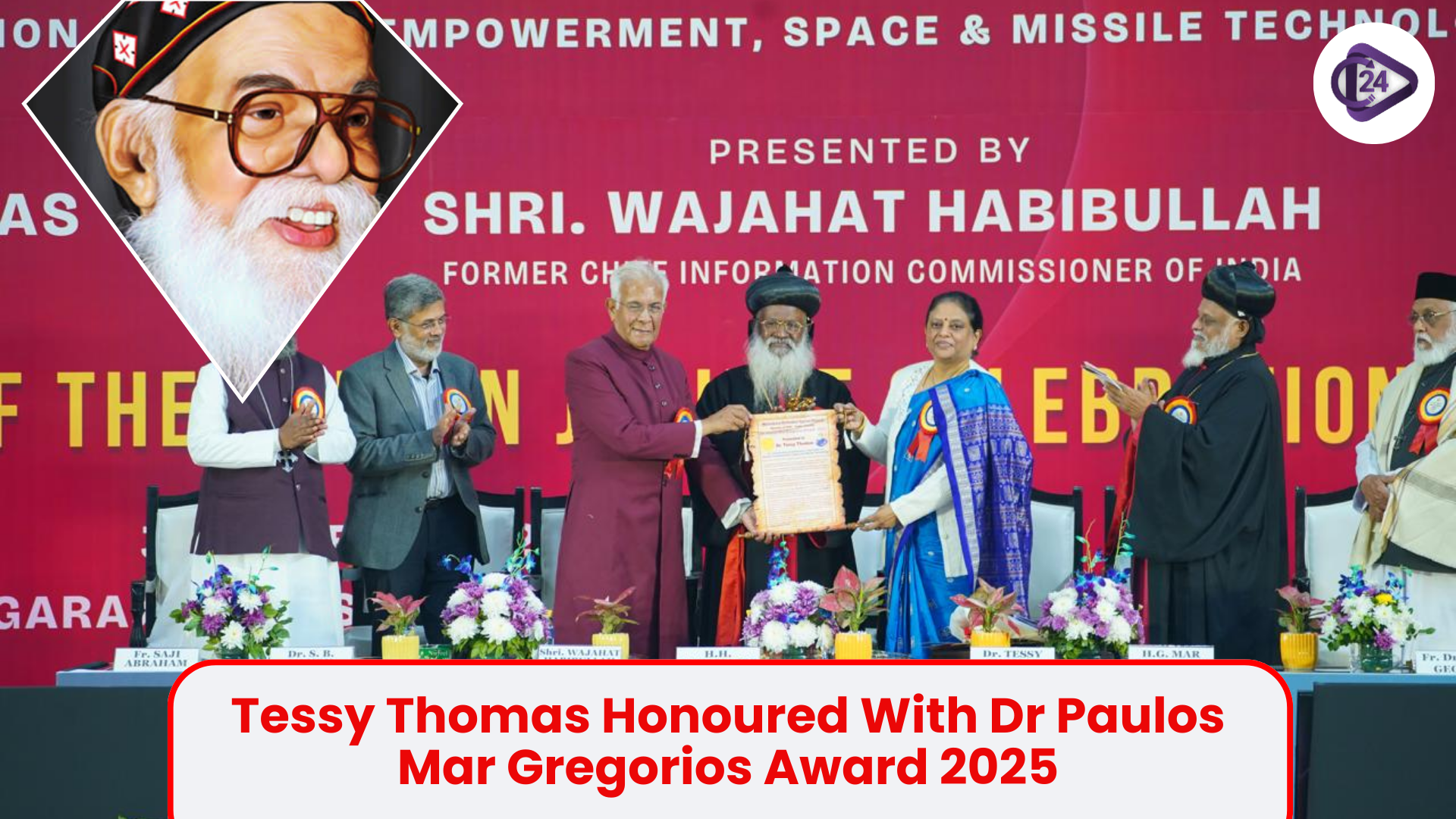 Tessy Thomas Achieves Major Recognition With Dr Paulos Mar Gregorios Award 2025
Tessy Thomas Achieves Major Recognition With Dr Paulos Mar Gregorios Award 2025 Ramban Sulai Honey GI Tag: A Major Win for Traditional Beekeeping
Ramban Sulai Honey GI Tag: A Major Win for Traditional Beekeeping India Secures Third Rank in Asia Power Index 2025
India Secures Third Rank in Asia Power Index 2025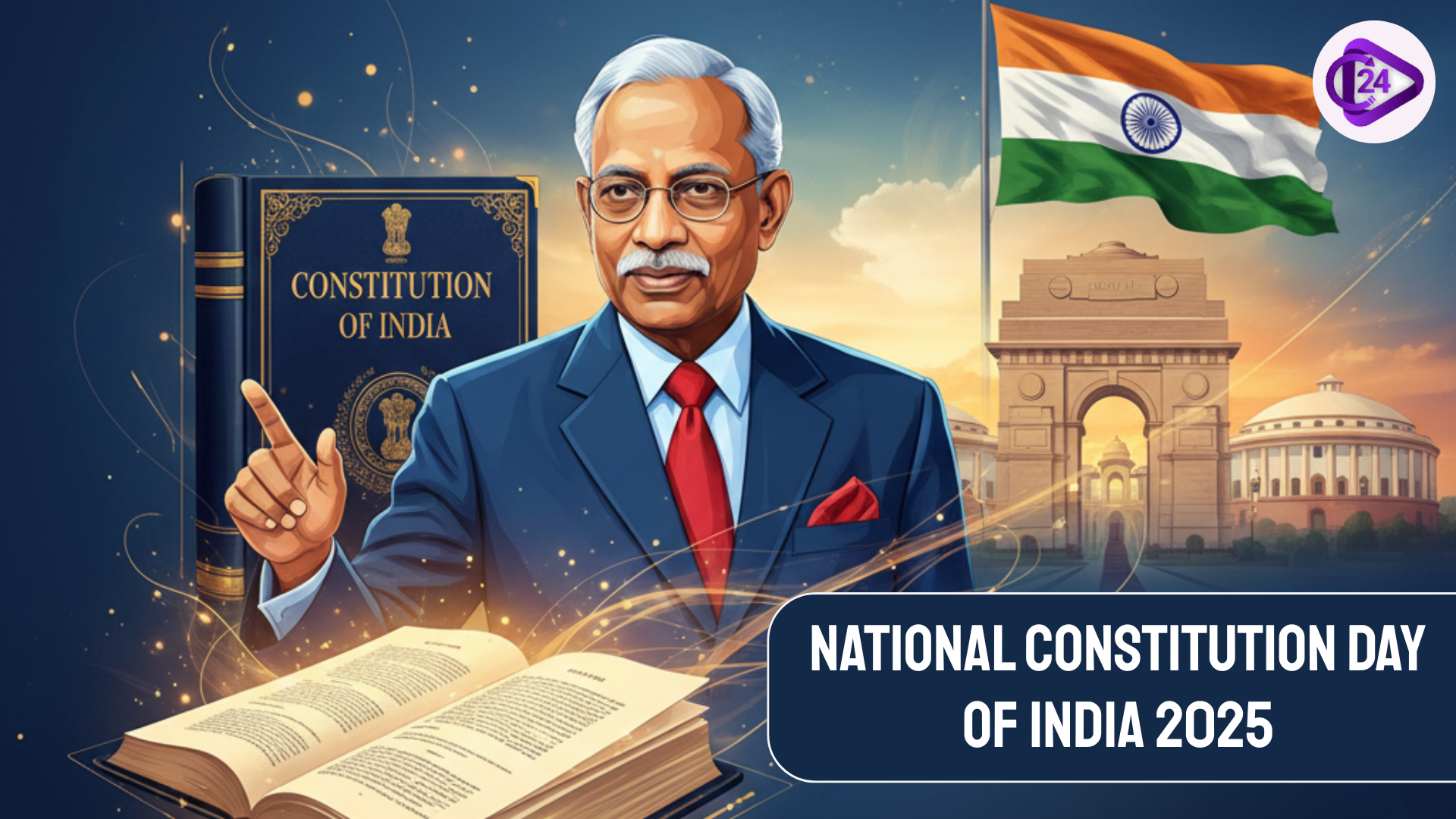 Constitution Day of India 2025: History, Meaning and Timeline Explained
Constitution Day of India 2025: History, Meaning and Timeline Explained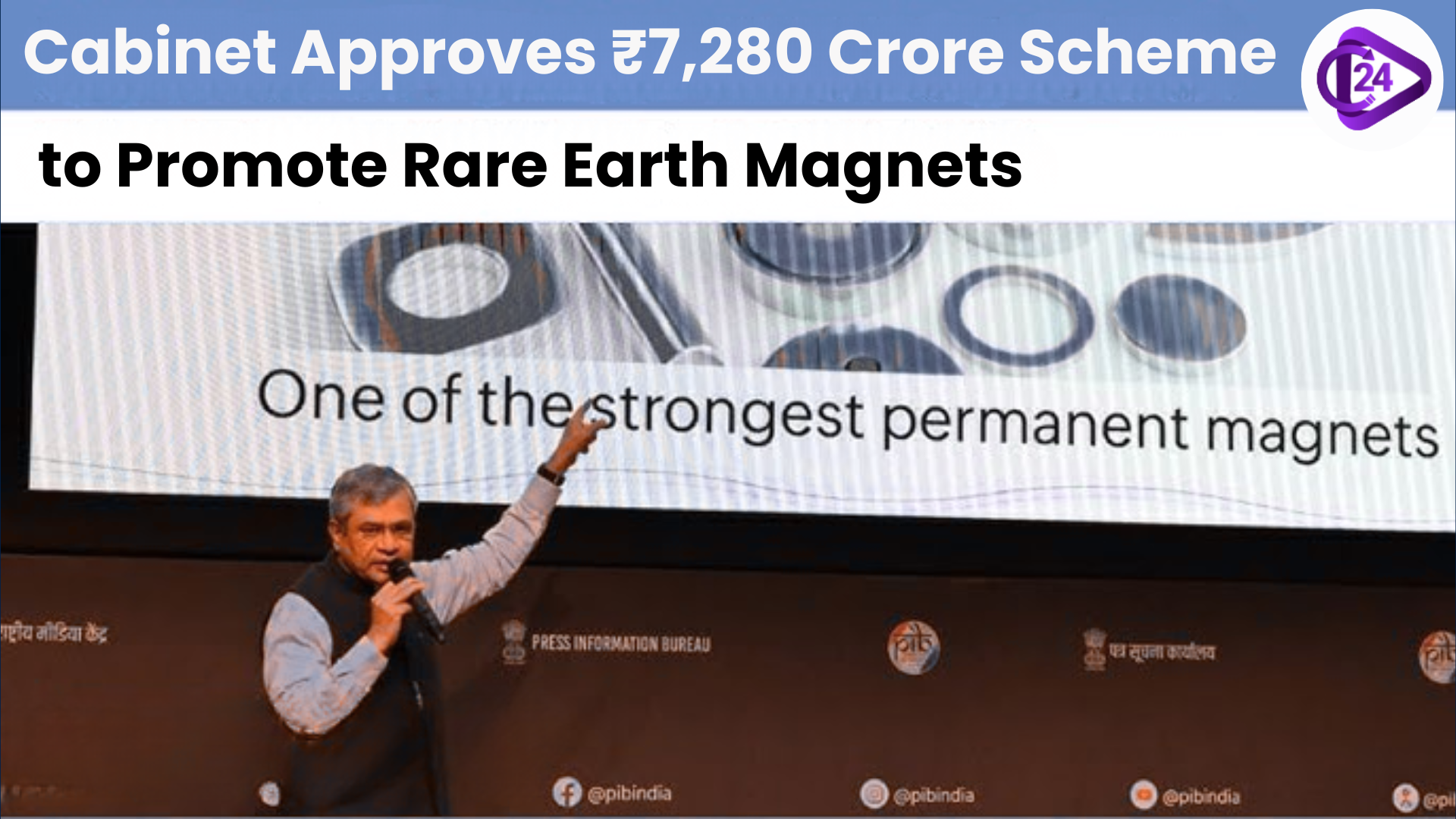 India Launches ₹7,280 Crore Initiative to Develop Rare Earth Magnet Manufacturing
India Launches ₹7,280 Crore Initiative to Develop Rare Earth Magnet Manufacturing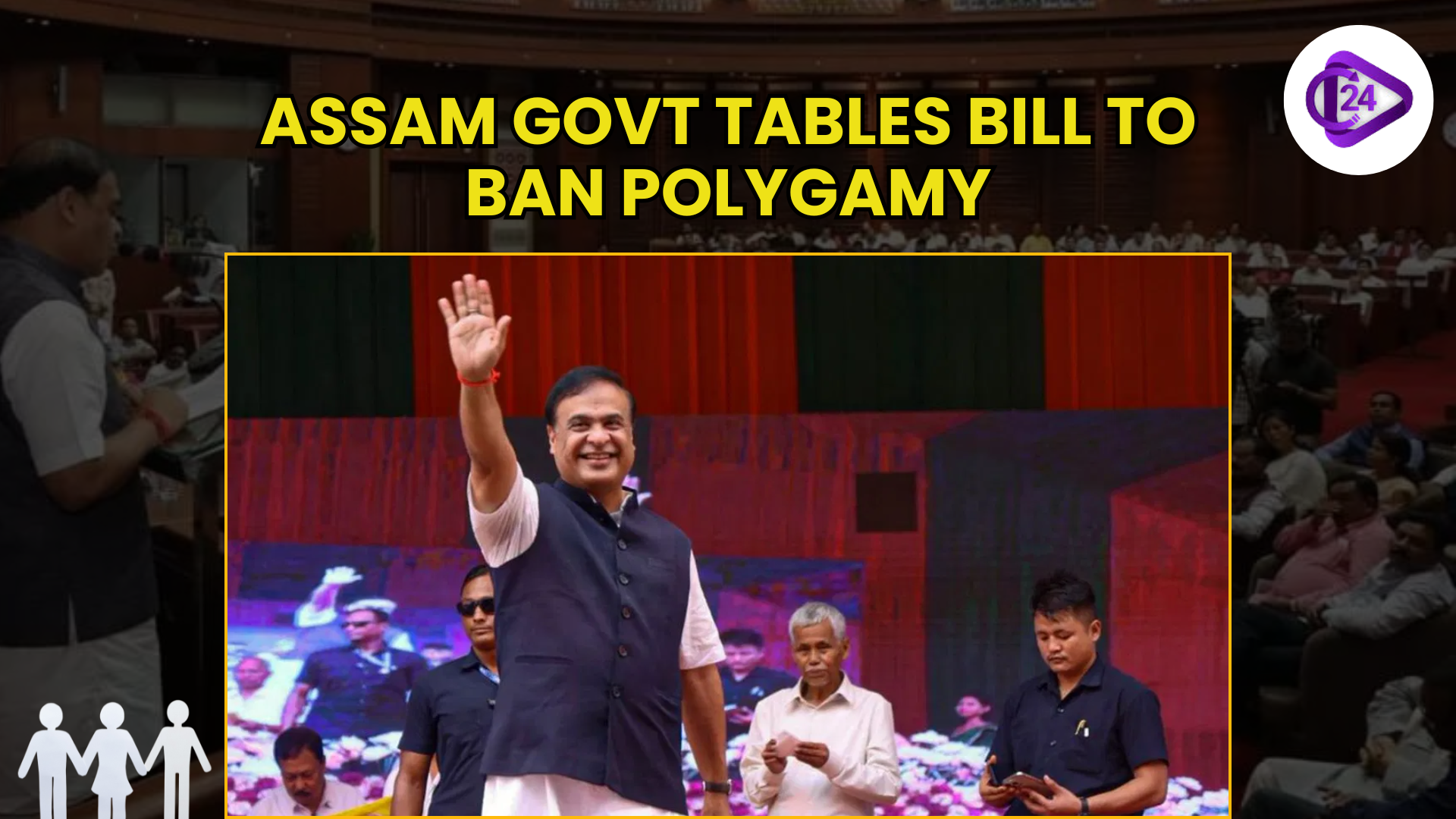 Assam Government Introduces Bill to Ban Polygamy with Strict Penalties
Assam Government Introduces Bill to Ban Polygamy with Strict Penalties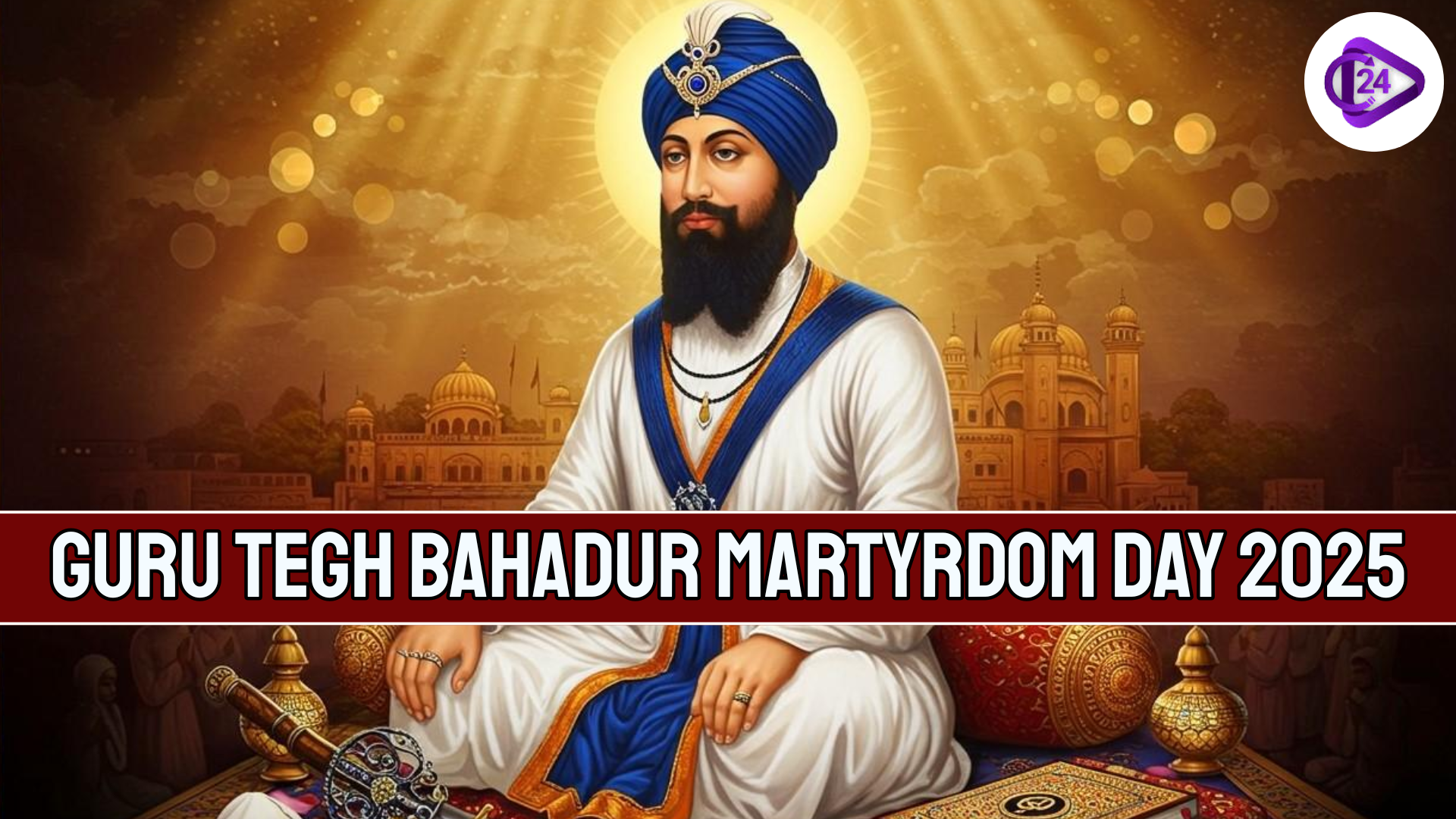 Guru Tegh Bahadur Martyrdom Day 2025 A Tribute to Courage and Spiritual Strength
Guru Tegh Bahadur Martyrdom Day 2025 A Tribute to Courage and Spiritual Strength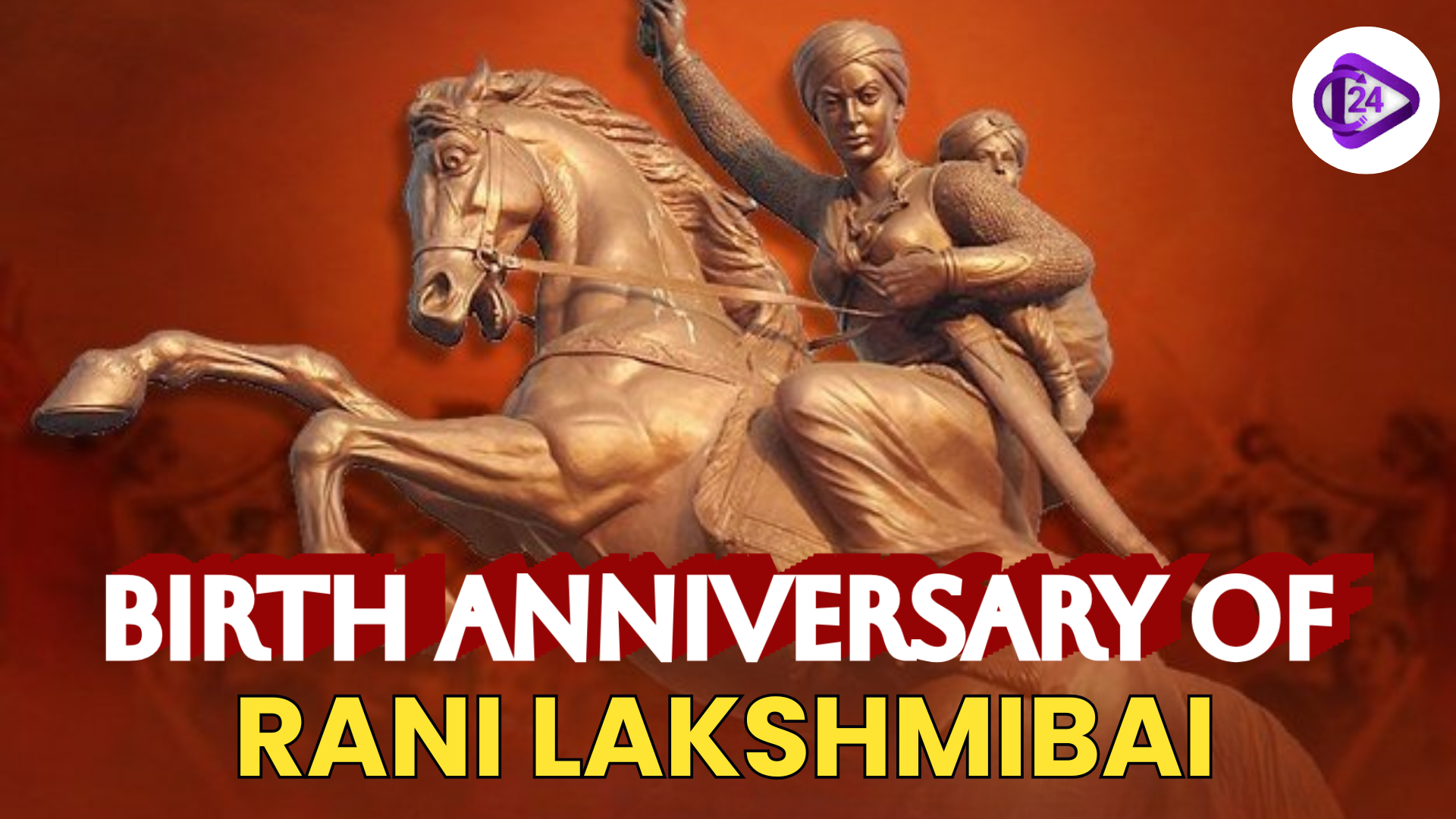 India Pays Tribute to the Birth Anniversary of Rani Lakshmibai
India Pays Tribute to the Birth Anniversary of Rani Lakshmibai






